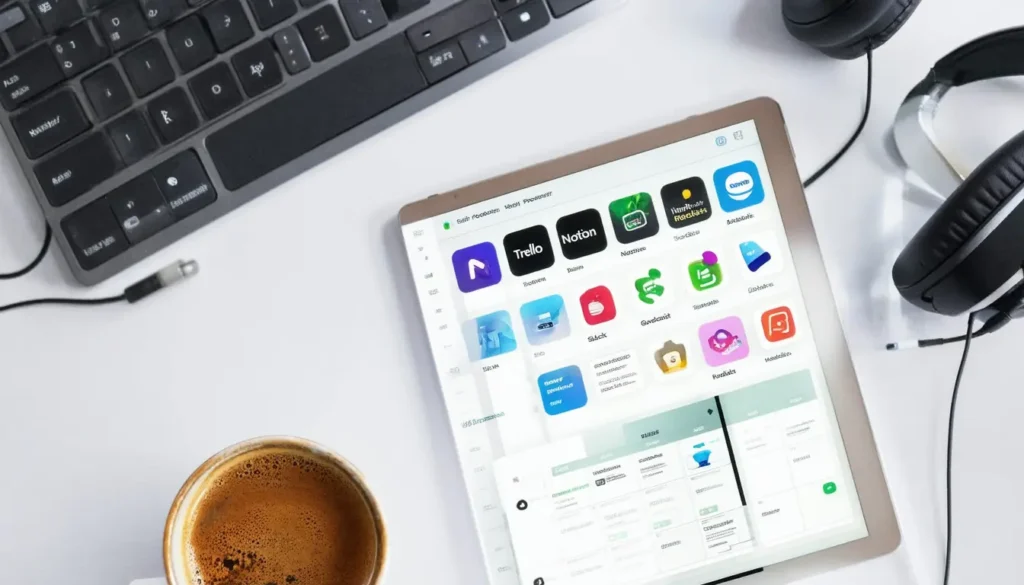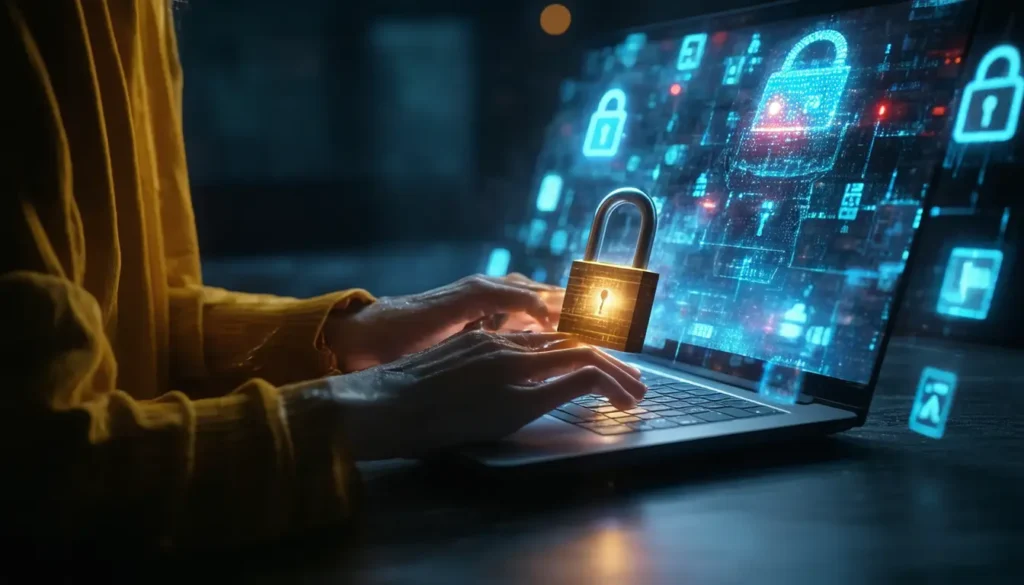Logo Design for Your Business Success (The Power of a Well-Designed) A logo serves as a visual representation of your brand, making it the first point of contact for people interacting with your business. Therefore, it is crucial to ensure that your logo is well-designed and effective. The Power of a Well-Designed Logo for Your Business Success, A professionally crafted logo can make a strong first impression, enhance brand recognition, and help you stand out from the competition.
Benefits of Having a Logo
A thoughtfully designed logo offers numerous benefits, including:
Making a Strong First Impression
Your logo acts as your company’s calling card, appearing on your website, marketing materials, and products. A well-designed logo leaves a positive first impression on people, helping them remember your brand and creating a lasting impact.
Logo Design Building Brand Recognition
The more exposure people have to your Logo Design, the more likely they are to recognize and associate it with your business. This increased familiarity can lead to higher sales and greater customer loyalty.
Communicating Brand Values
A logo can be a powerful tool for communicating your brand’s values. The choice of colors, shapes, and typography in your logo can convey subtle messages about your company’s personality and resonate with your target audience.
Differentiating from the Competition
In a competitive marketplace, a well-designed logo can help you differentiate yourself from competitors. By giving your business a unique identity, your logo becomes more memorable and appealing to customers.
Factors to Consider When Designing a Logo
Several factors should be taken into account when designing a logo, such as:
Brand Identity
Understand your company’s values and what you want your brand to represent. This clarity will guide you in developing a logo that accurately reflects your brand’s essence.
Target Audience
Consider the characteristics of your target audience, including their age, gender, interests, and demographics. Tailor your logo to make the desired impression on this specific group.
Industry Relevance
Familiarize yourself with the visual conventions of your industry. Ensure that your logo aligns with the visual language commonly associated with your field.
Budget
Decide on a budget for logo design, considering the range of services available—from free options to high-end professional designers.
Timeframe and Cost of Logo Design
The time required to design a logo varies depending on its complexity and the designer’s workload. In general, most logo designs can be completed within 1-2 weeks.
The cost of logo design depends on factors such as the designer’s experience and the complexity of the logo. Typically, logo designs range from $500 to $1,500 in cost.
Logo vs. Brand Identity
While a logo represents a brand visually, a brand identity encompasses all the elements that constitute a brand, including the logo, colors, typography, and messaging. Although a well-designed logo plays a vital role in brand identity, it is not the sole element defining it.
Common Mistakes to Avoid When Designing a Logo
To create an effective logo, be mindful of the following common mistakes:
Excessive Use of Colors
Using too many colors can overwhelm the logo and make it appear cluttered. Opt for a limited color palette to maintain a visually pleasing and well-balanced design.
Excessive Use of Text
An ideal logo should be easily readable and understandable. Avoid using an excessive amount of text that may hinder legibility.
Generic Design
A logo should be unique and memorable. Avoid using generic designs that resemble other logos, as it diminishes your brand’s distinctiveness.
Lack of Feedback
Obtain feedback from friends, family, and colleagues once you have a logo design. Their opinion and suggestions.
Here are some Logo Designs that our customers likes more tell us about you
















The most used logo design categories include:
- Wordmarks: These logos focus on typography and use the company’s name as the primary visual element. They are simple, clean, and highly effective in creating brand recognition.
- Letter marks: Also known as monogram logos, these designs use the initials or abbreviations of a company’s name to represent the brand. Letter marks are often used by businesses with long or complicated names.
- Pictorial Marks: These logos rely on an iconic or graphic symbol to represent the brand. Pictorial marks are memorable and can communicate the essence of a business without using any text.
- Abstract Marks: Abstract logos use geometric shapes, lines, and forms to create a unique and visually appealing representation of a brand. They can evoke a sense of creativity, innovation, and modernity.
- Mascots: Mascot logos feature a character or figure that personifies the brand. They are often used by sports teams, schools, and businesses targeting a younger audience. Mascots can add personality and charm to a logo.
- Combination Marks: Combination marks combine both text and visual elements to create a comprehensive logo. They can include a wordmark or letter mark along with a symbol, emblem, or icon.
- Emblem Logos: Emblem logos have a traditional and timeless feel. They typically consist of a symbol or icon placed within a badge or crest shape, often incorporating the company’s name or initials.
- Minimalist Logos: Minimalist logos embrace simplicity, using clean lines, negative space, and minimal design elements. They are highly versatile and can adapt well to various applications.
- Vintage Logos: Vintage logos draw inspiration from classic design styles, evoking a sense of nostalgia and authenticity. They often incorporate retro colors, typography, and imagery.
- Geometric Logos: Geometric logos use geometric shapes and patterns to create visually pleasing and balanced designs. They convey a sense of structure, stability, and professionalism.
These categories represent popular choices in logo design, but it’s important to note that each brand has unique requirements and preferences. A skilled logo designer can create a custom logo that aligns with a brand’s identity and objectives.
Important Questions to Keep in Mind Before order related to Graphic design, branding, and logo design services
- What is the name of your business or organization?
- What is the purpose of your business or organization?
- Can you provide a brief overview of your business or organization?
- Who is your target audience or customer base?
- Do you have any specific colors in mind for your logo?
- Are there any specific symbols, icons, or imagery that you would like to incorporate into your logo?
- What adjectives would you use to describe the desired look and feel of your logo? (e.g., modern, classic, playful, elegant, bold)
- Do you have any design elements or styles in mind that you would like to see in your logo?
- Are there any existing logos or designs that you like or dislike? Why?
- Do you have any specific fonts or typography preferences for your logo?
- How would you like your logo to represent your brand’s values or unique selling proposition?
- Are there any specific requirements or restrictions for your logo design? (e.g., size limitations, color limitations)
- Do you have any taglines or additional text that you would like to include in your logo?
- Will the logo be primarily used for digital or print purposes, or both?
- What is your desired timeline for the completion of the logo design?










